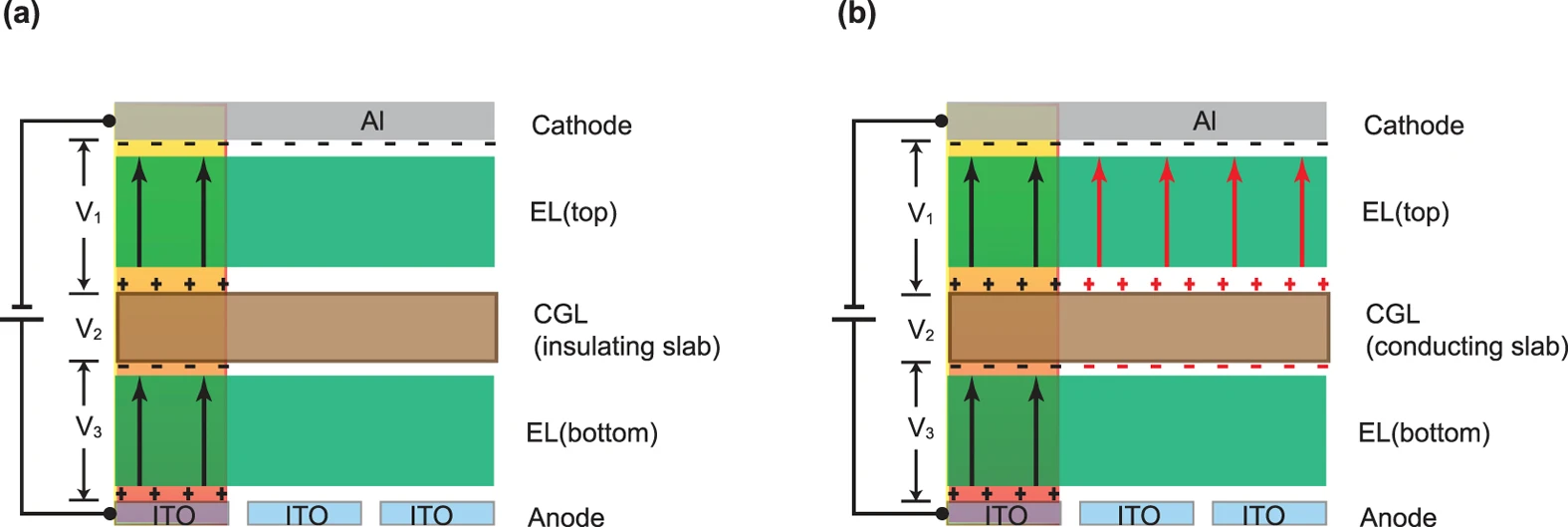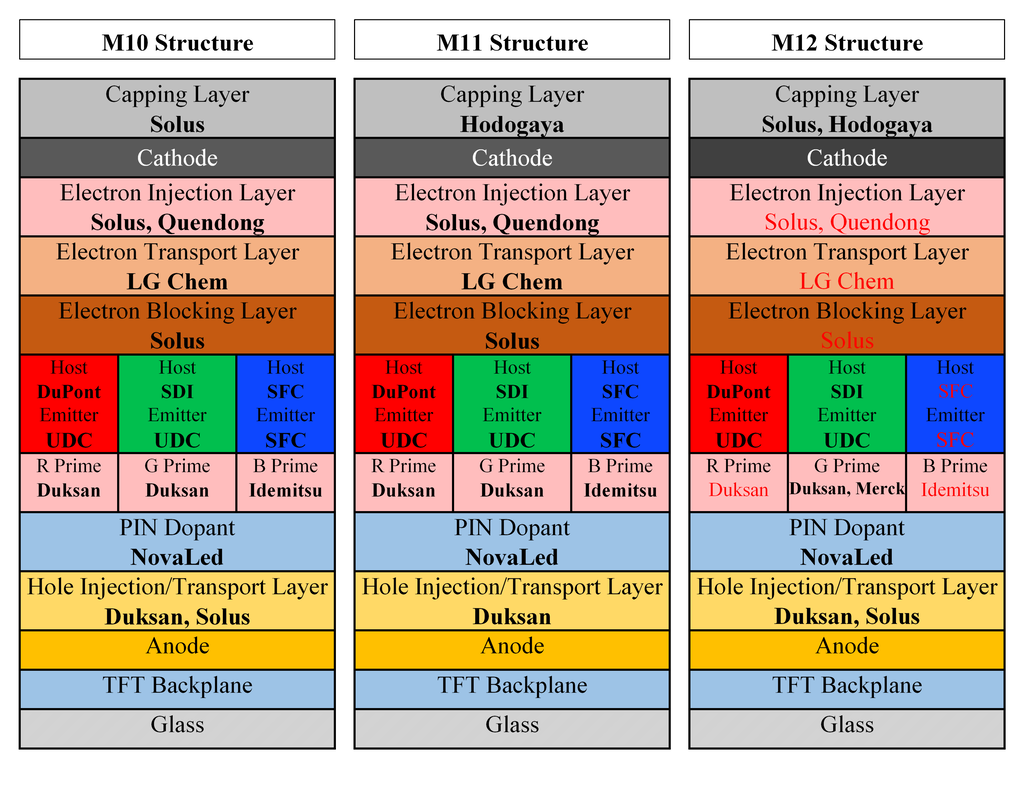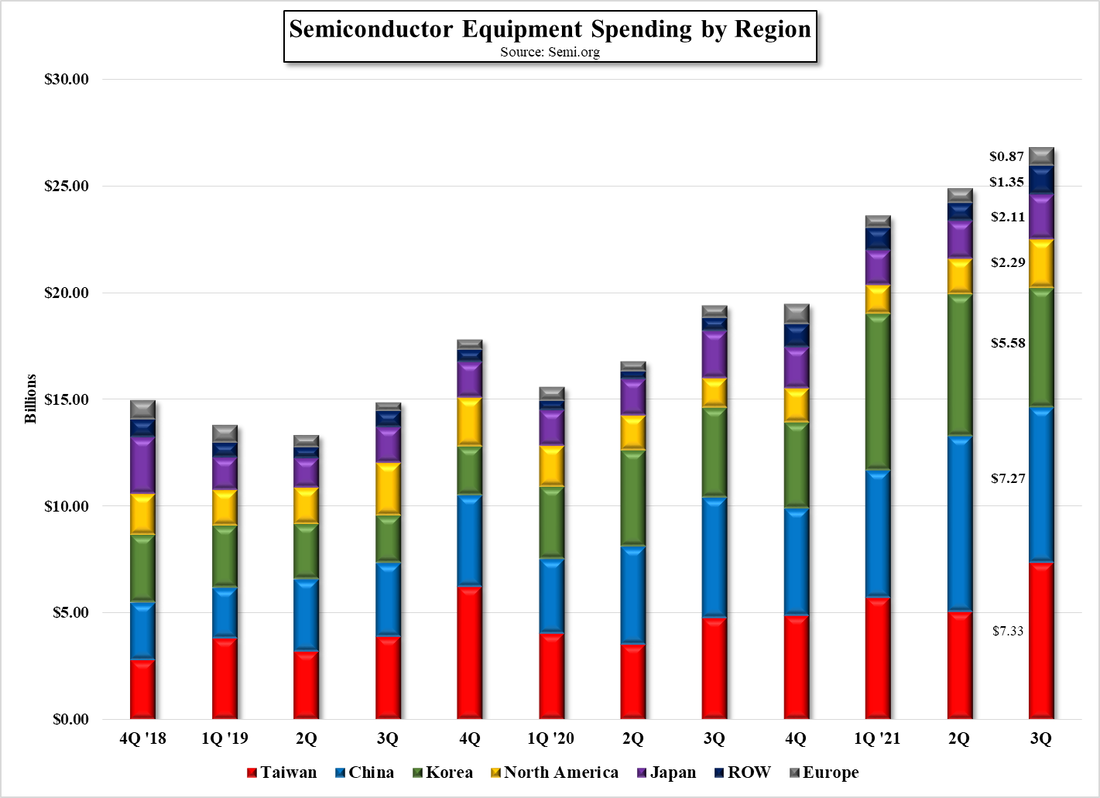Quick Apple Mac Studio TeardownOnly days after the actual release, the Apple Mac Studio is being torn down. The device, which sells for between $2,000 and $4,000, is certainly not made to be upgraded by users, although from the early teardown, it might give Apple a reason to invalidate the warranty, as Apple notes, “Mac Studio is not user accessible. If you think you might need more storage capacity in the future, consider configuring to a higher capacity”, meaning buy the higher storage unit at the onset. In reality we would expect that there will be an upgrade package developed for the Mac Studio, but again it will not be user installable, which keeps the Apple repair program folks happy. What we will say to Apple’s benefit is that the structure of the Apple Mac Studio and the ancillary components are of unusual quality, par above most of the typical Windows-based computers we have seen or used. Aside from the M1 Ultra chip, which is a SoC of the highest order (another note), while you might not be able to upgrade or fix it yourself, the Mac Studio is among the highest quality we have seen.
0 Comments
Mediatek to list Subsidiary |
AuthorWe publish daily notes to clients. We archive selected notes here, please contact us at: [email protected] for detail or subscription information. Archives
May 2025
|









 RSS Feed
RSS Feed